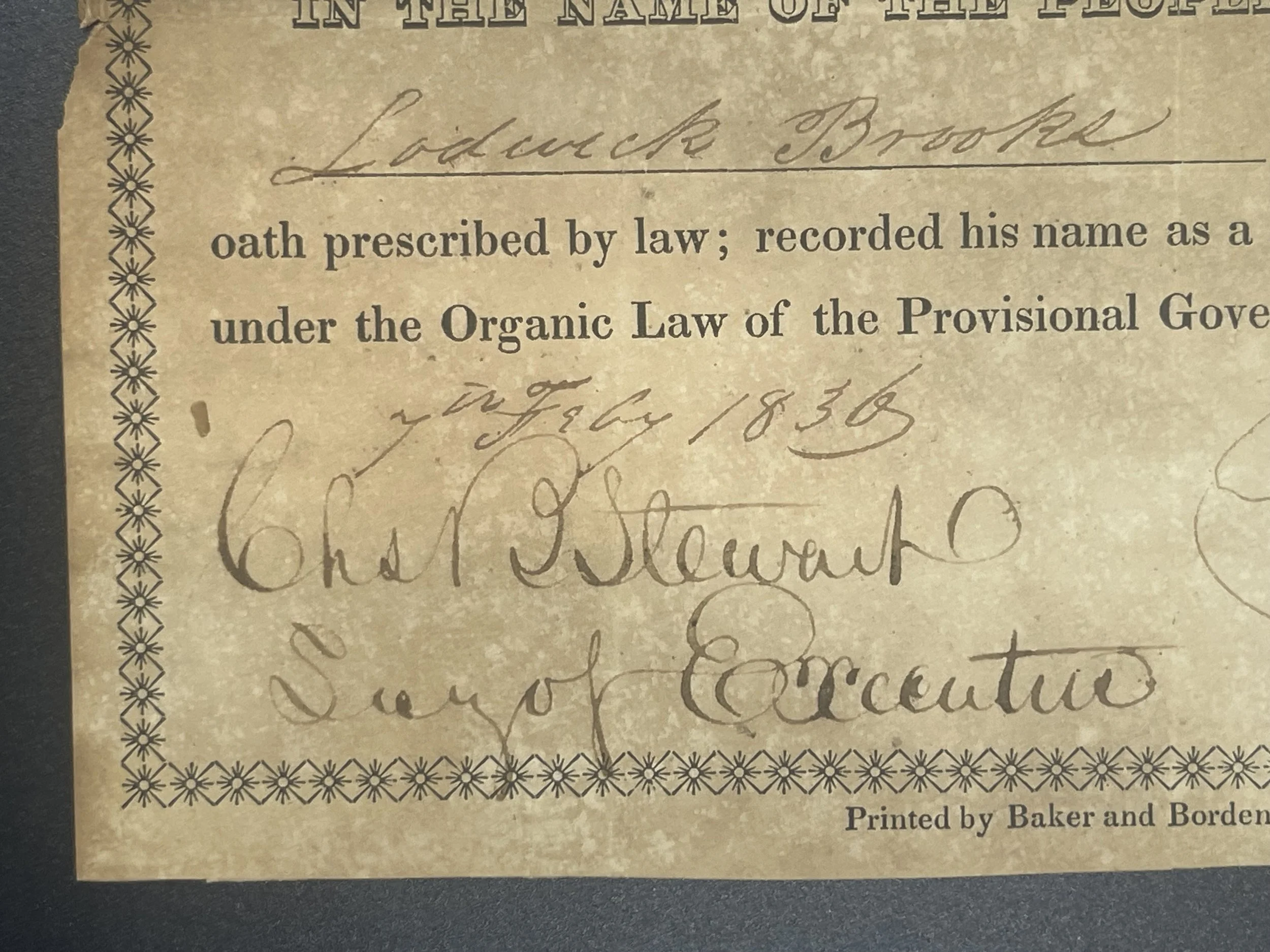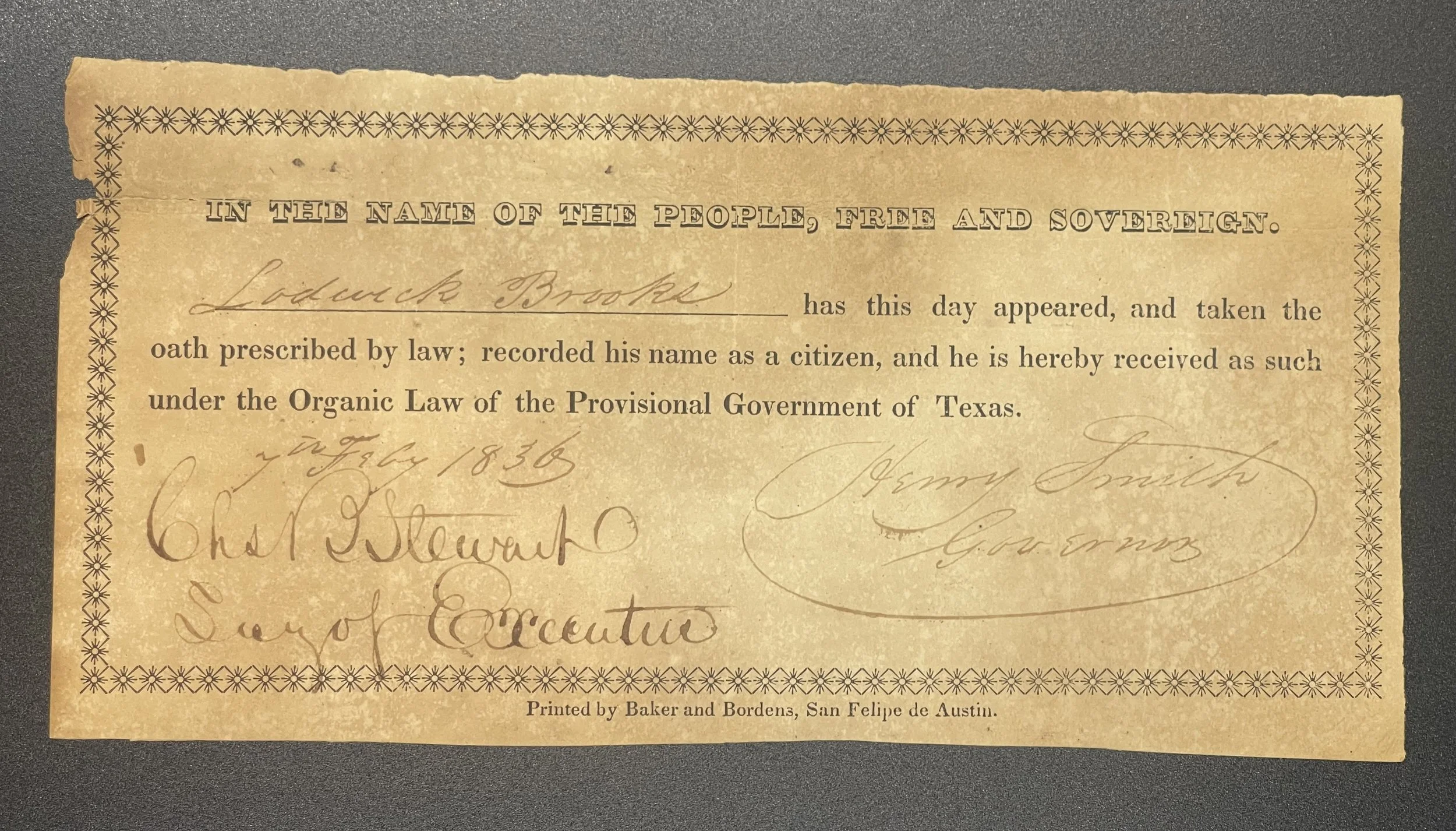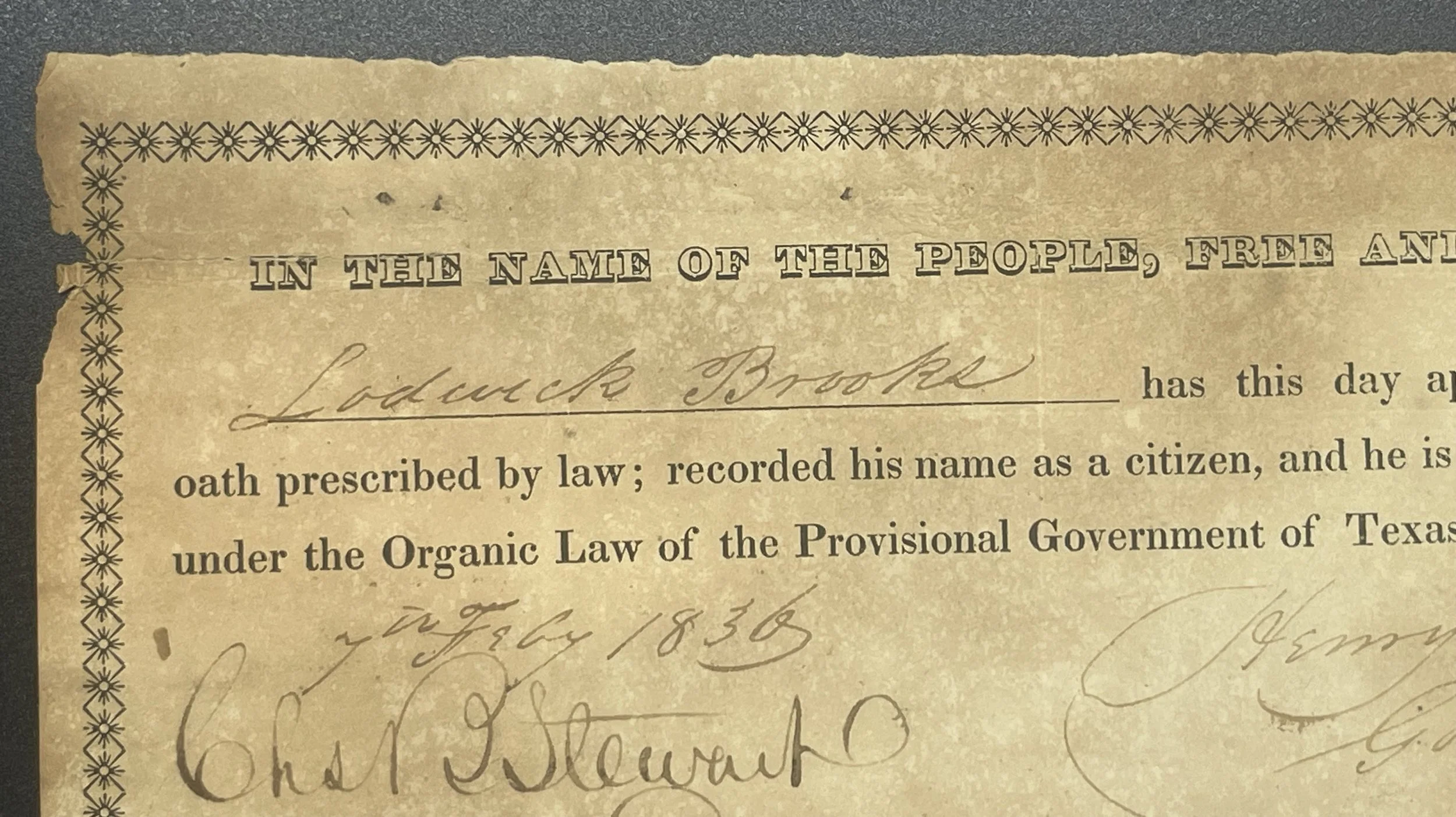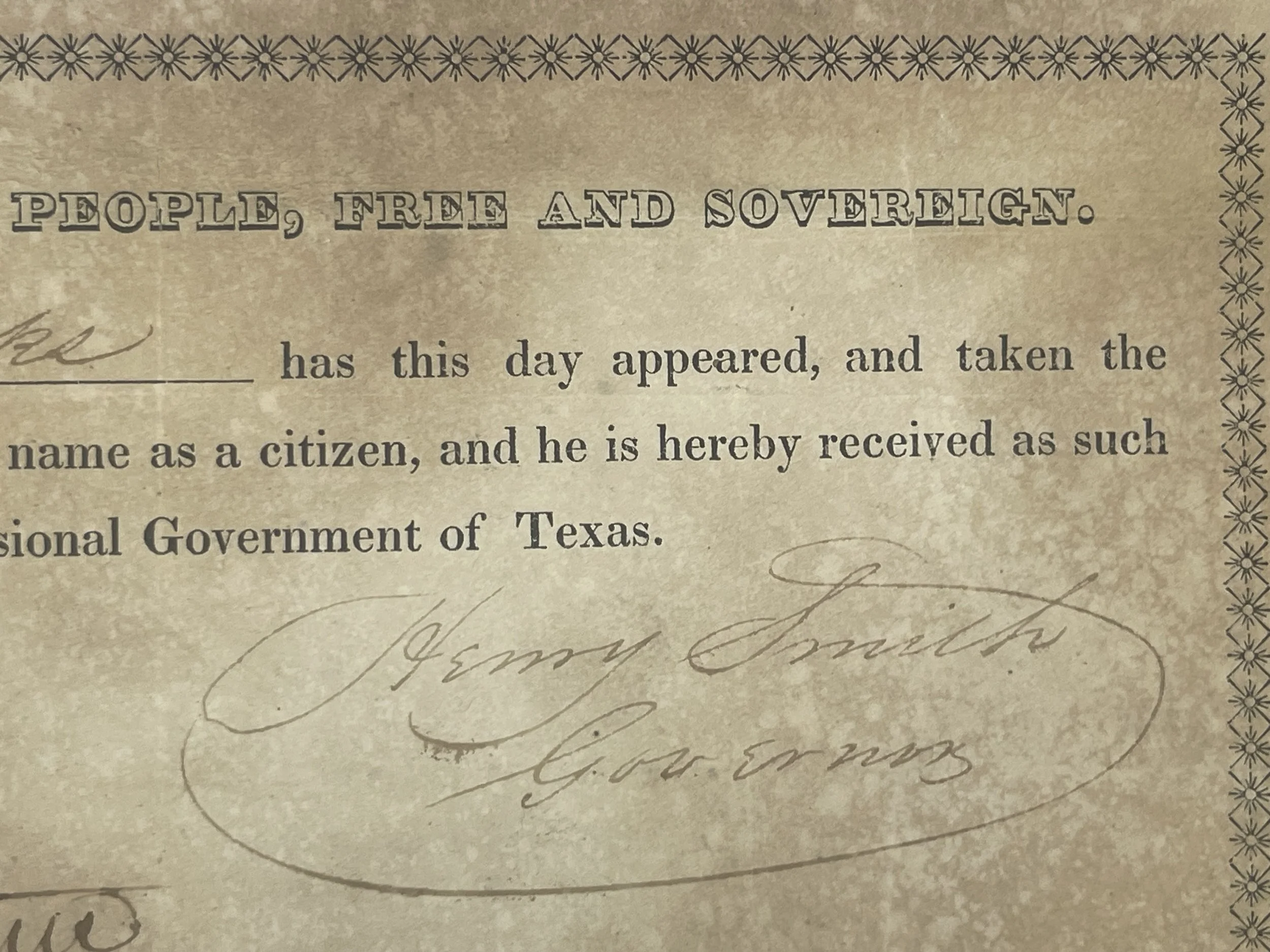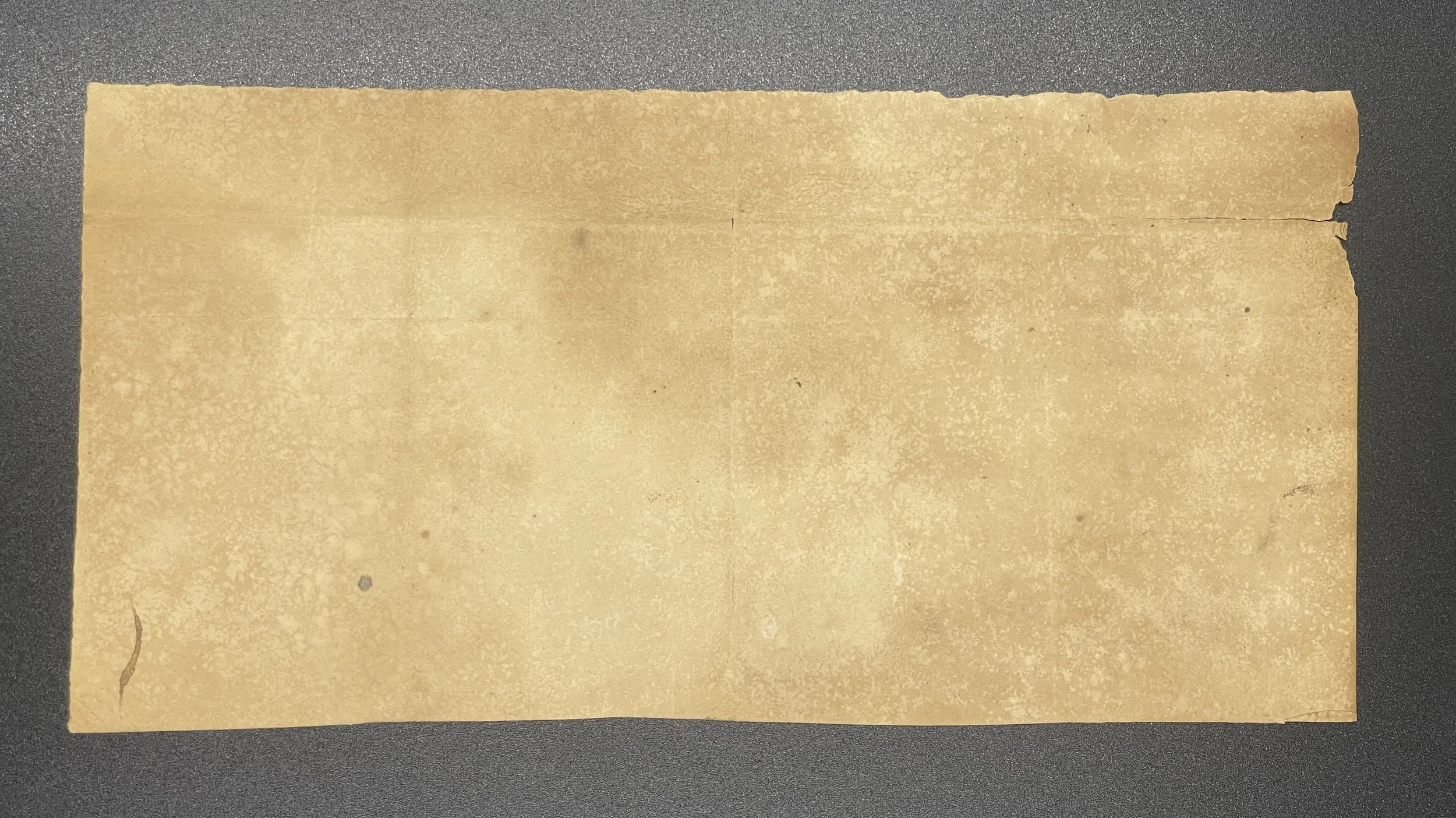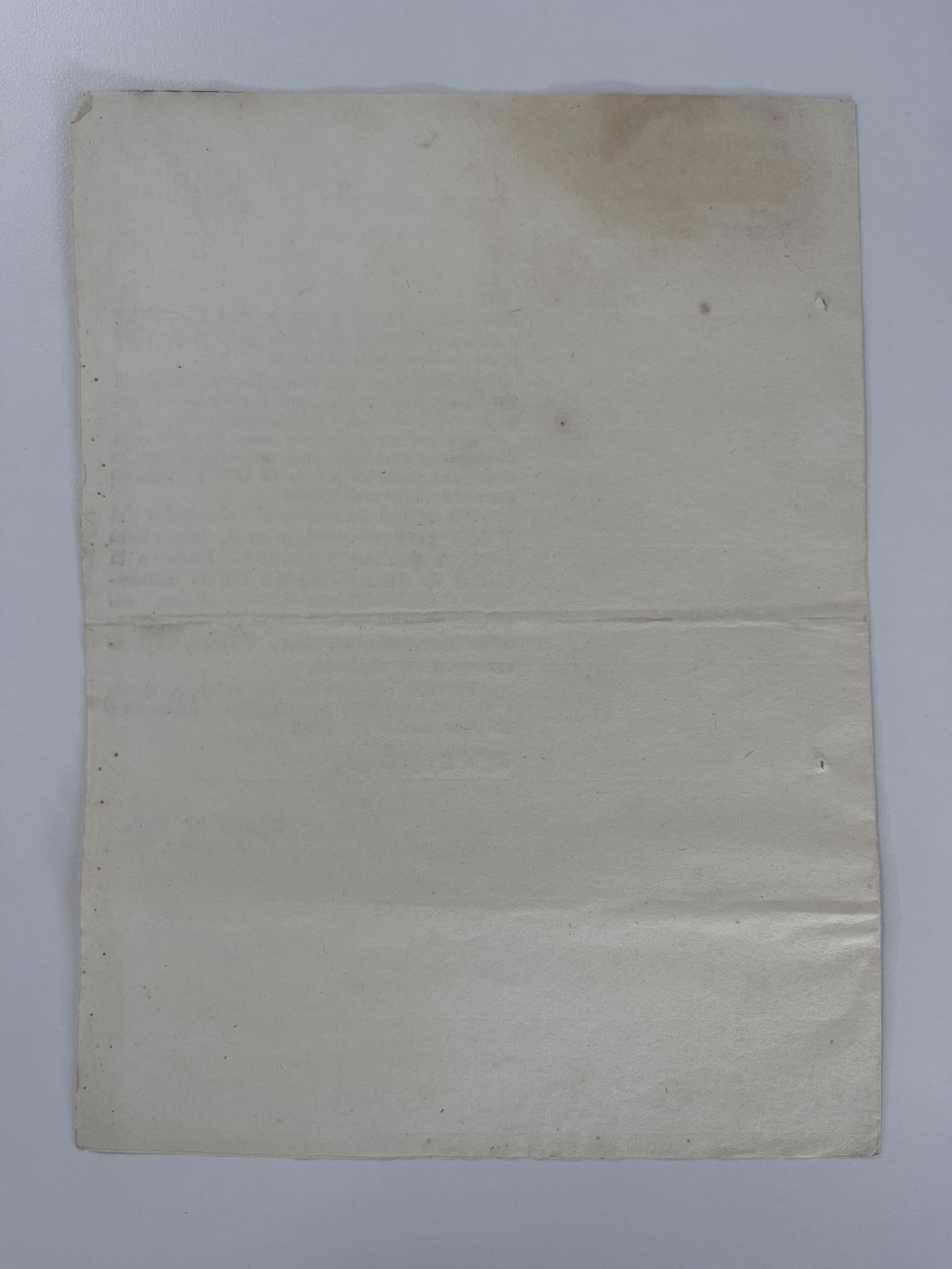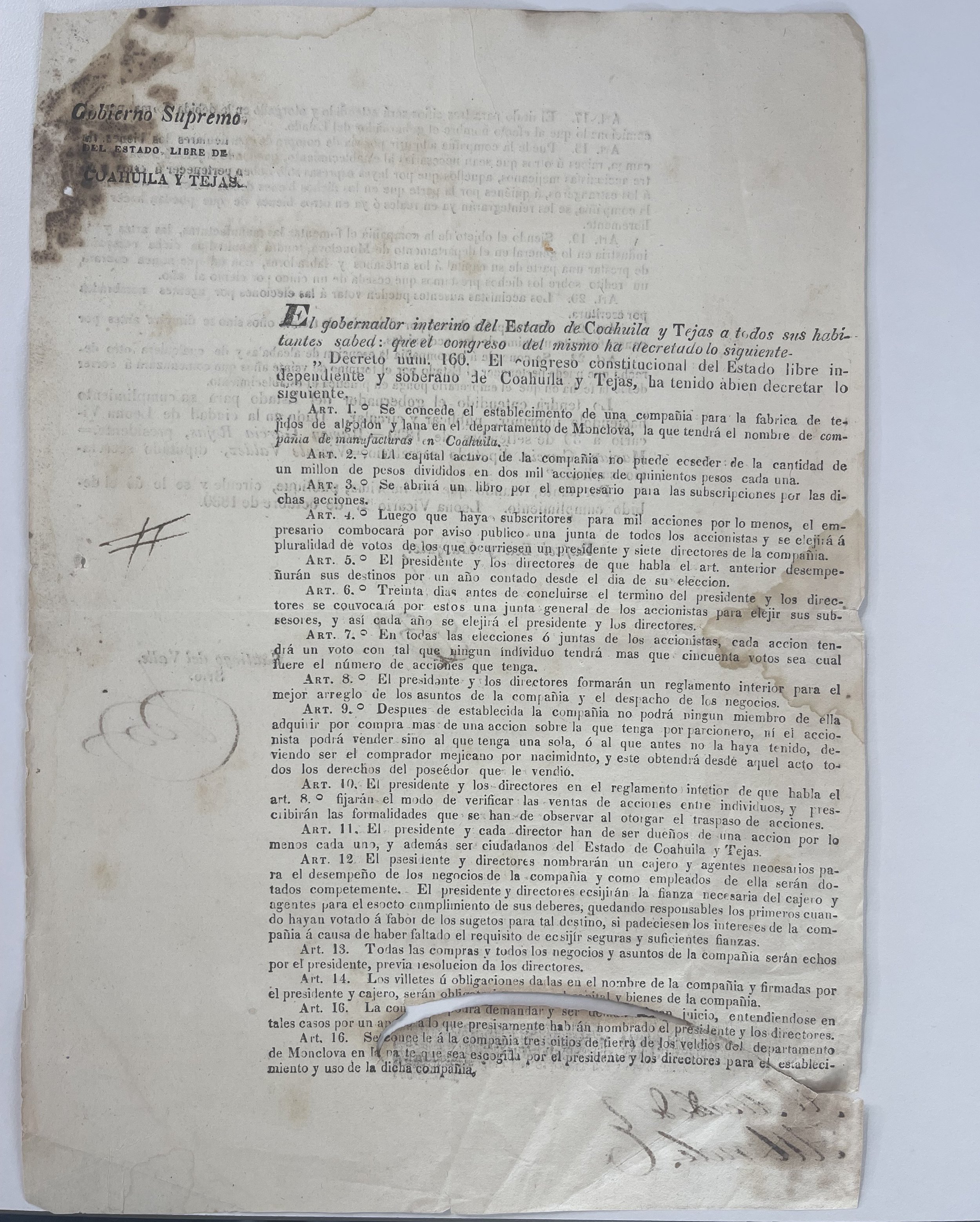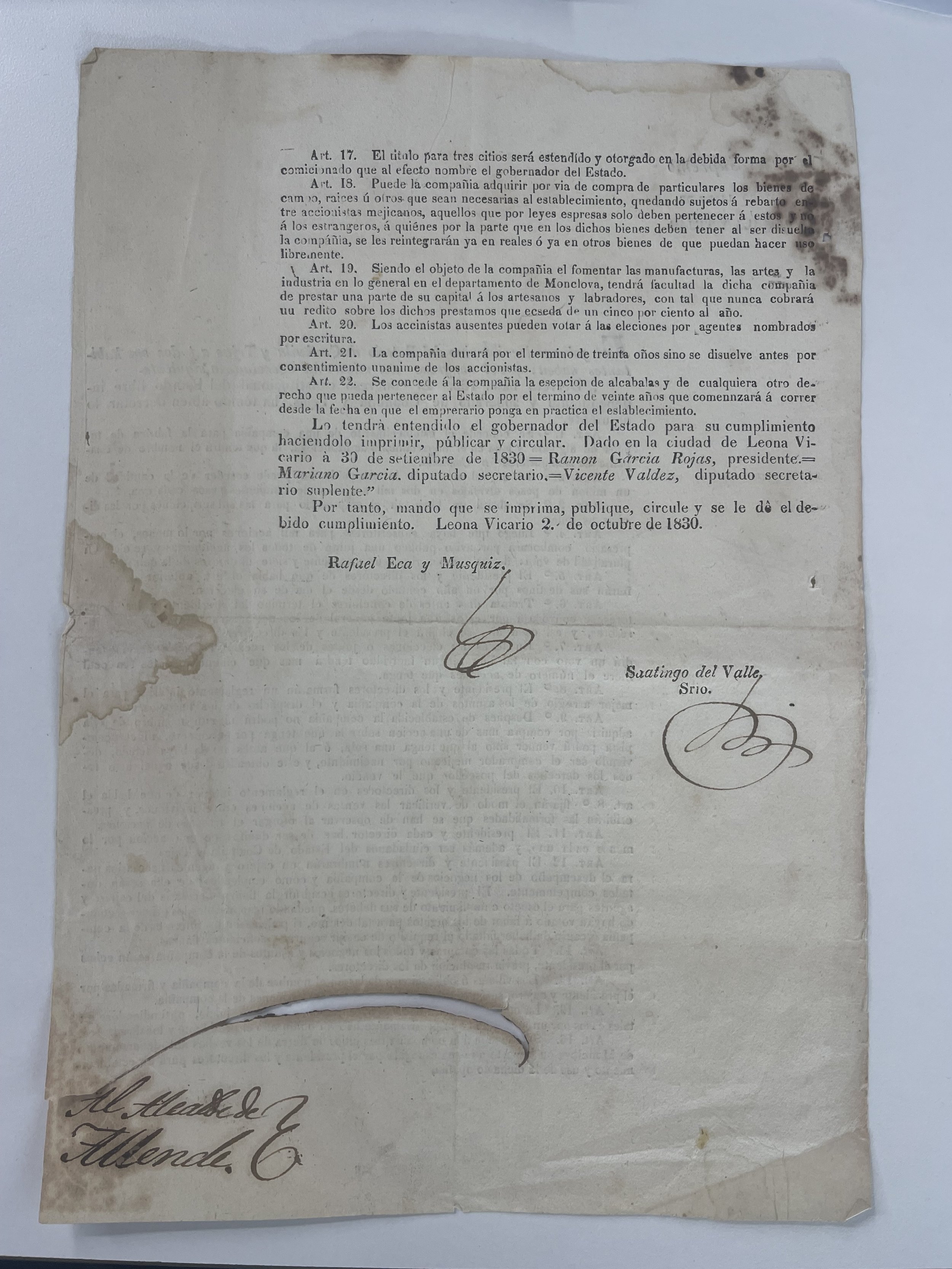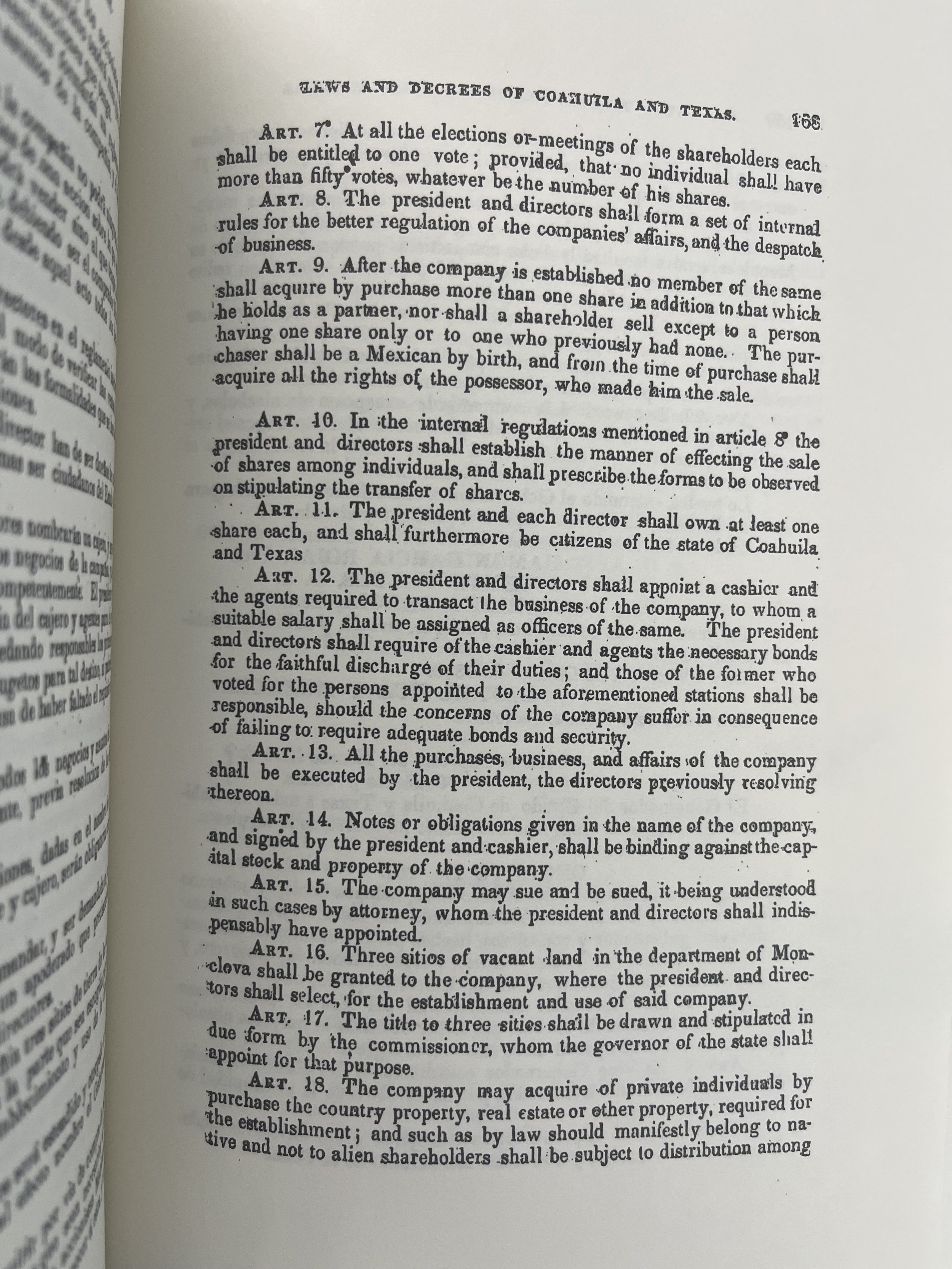➼ History & Context
Antonio de Padua María Severino López de Santa Anna y Pérez de Lebrón, commonly known as the abbreviated Santa Anna, was a prolific figure in Mexican, Texan, and American history. He was a central figure in a large number of critical events including the Texas Revolution and the Mexican-American War, as well as the Pastry War, the fall of both the First Mexican Empire and Republic, and the creation of the Centralist Republic of Mexico.
The three decades after Mexican Independence are even referred to as the “Age of Santa Anna” and he himself has been called “the Man of Destiny who loomed over his time like a melodramatic colossus, the uncrowned monarch." If the tone of the latter isn’t clear, he is not remembered fondly. After at least 5 terms as President – its tough to pin down exactly since he was fond of puppet rulers – he was overthrown and exiled in 1855.
In 1835, Santa Anna repealed the Mexican Constitution, sparking the flames of Revolution. During the Texas Revolution Santa Anna, as President, marked his forces North with a slim plan of overwhelming the revolutionaries with brute force. However, he was ill-prepared for realities – such as the weather and feeding his army.
On March 6, 1836, at the Battle of the Alamo, Santa Anna killed 189 Texans. He killed another 342 Texan prisoners at the Goliad Massacre on March 27. However, at the Battle of San Jacinto on April 21, the Texian Army under Sam Houston completely routed his forces to shouts of "Remember Goliad, Remember the Alamo!" His brutal actions came back to him in the end. He was found the next day hiding in a swamp, wearing the uniform of a dragoon private.
Santa Anna signed the Treaty of Velasco with Texas President David G. Burnet, and "in his official character as chief of the Mexican nation, he acknowledged the full, entire, and perfect Independence of the Republic of Texas."







































